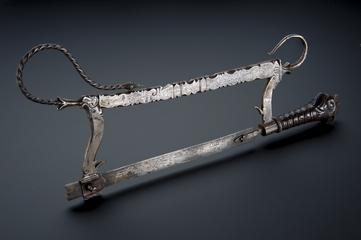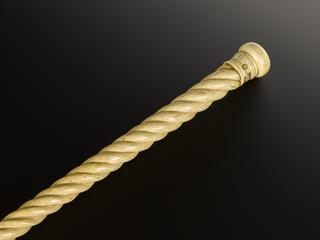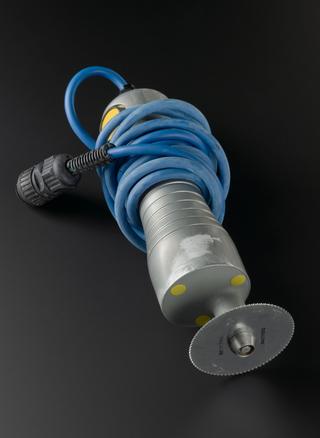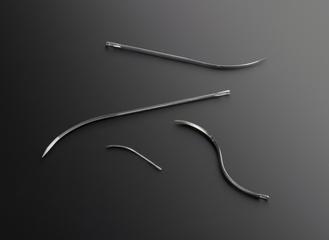

Humby's skin-grafting razor with four spare blades in wooden case, by Down Bros. and Mayer and Phelps Ltd., London
Thomas Graham Humby (1909-1970) developed this skin grafting razor in the 1930s which allowed the surgeon to create skin grafts of the same thickness. His first design in 1934 had a large rigid frame to control the depth, but this proved difficult to use on all areas of the body. In 1936, he published an article with the results of the modification seen here. The roller bar at the front of the blade has screws each side, which adjusts the cutting depth. Humby was working as a medical student at Guy’s Hospital when he developed this plastic surgery tool. He later moved to Great Ormond Street Hospital in 1938.
Skin grafts are used to treat burns and in plastic surgery for wounds. Where possible, skin grafts are often taken from the patient's body, to prevent rejection.
Details
- Category:
- Surgery
- Object Number:
- 1988-727
- Materials:
- box, wood, razor, nickel-plated steel and razor, chrome-plated steel
- Measurements:
-
box: 43 mm x 370 mm x 70 mm,
razor: 345 mm
blade: 193 mm
- type:
- skin-grafting razors
- credit:
- Intercare (Leicester)




